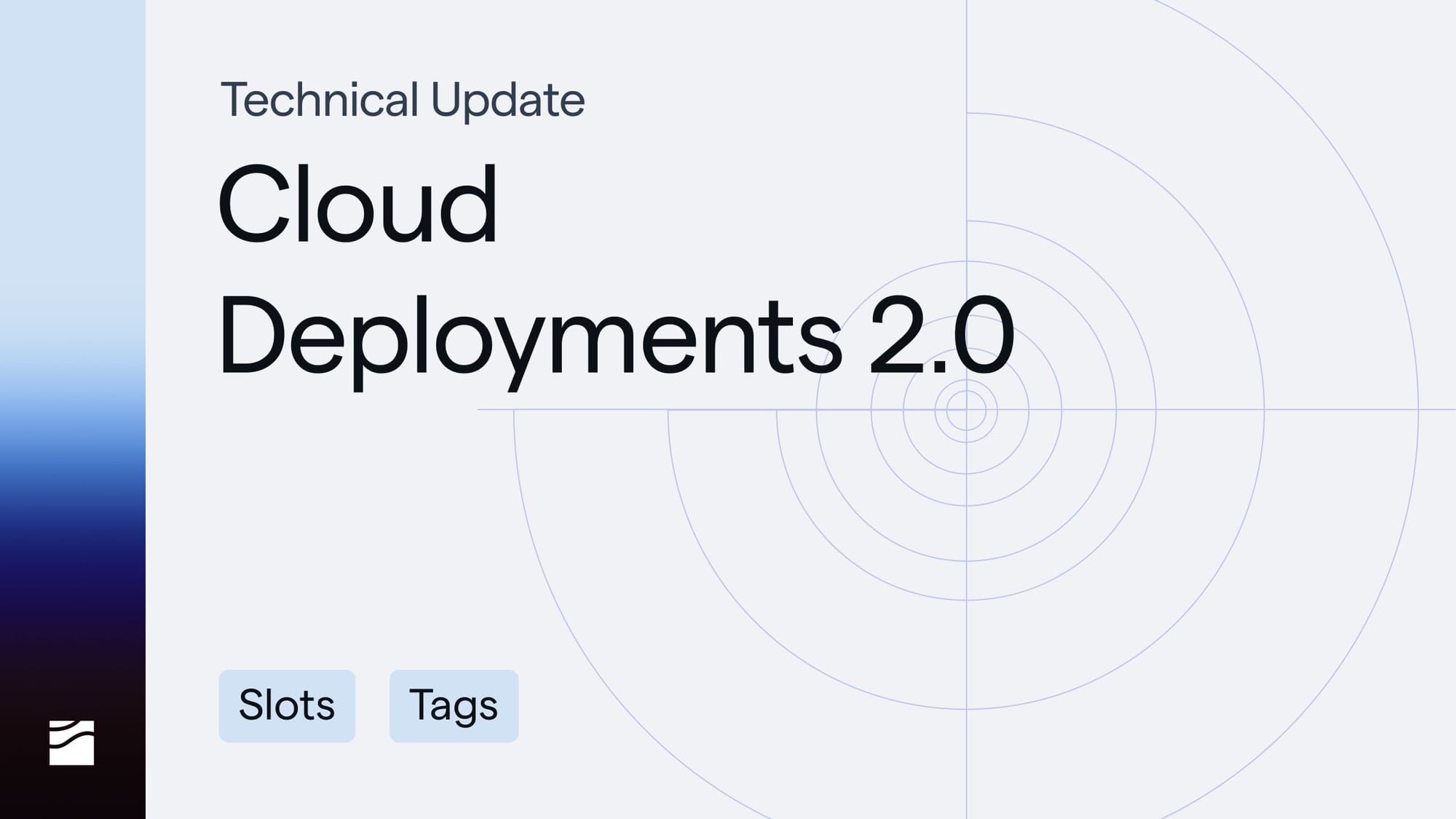Cloud Deployments 2.0

“Progress lies not in enhancing what is, but in advancing toward what will be.” - Khalil Gibran
At SQD, we’re focused on providing permissionless access to onchain data at a petabyte scale. Part of that mission involves making it as easy as possible for projects to get started.
For teams seeking a quick deployment flow without the need to manage their own infrastructure, we developed SQD Cloud.
Hundreds of projects across various blockchain networks already rely on SQD Cloud to seamlessly deploy their indexers.
To further improve their development experience and enhance the efficiency of deployment flows, our engineers have recently implemented various improvements under the umbrella of Cloud Deployments 2.0.
But first and foremost, if you aren’t a cloud user, you may wonder: what is SQD Cloud?
SQD Cloud is a hosted deployment solution that allows developers to launch and manage indexers without setting up local infrastructure, enabling quicker go-to-market strategies.
Based on feedback from our current users, we improved the deployment flow to facilitate seamless collaboration and enhance the overall development experience.
To do that, we made substantial changes behind the scenes.
First, we replaced the version number with Slots, and we've also introduced Tags.
Versions -> Slots
When we started building SQD (then known as Subsquid, as you may recall), we started with simple squids. However, it soon became clear that for more complex squids, numbering versions (1, 2, etc.) didn’t do the task justice.
That’s because a higher version number might indicate a difference but not necessarily an improvement. Relying on these numbers alone meant other developers had to manually examine indexers to understand their contents and differences.
With Slots, however, each deployment gains a unique identifier, enabling clearer tracking. This feature is especially beneficial for remote teams where one developer might be working while another is offline, streamlining team workflows and understanding.
Slots help to better distinguish and manage deployment states. Each slot acts as a unique identifier, making it easy to see what’s running, which features are enabled, and who’s responsible.
Tags
Another feature we introduced to facilitate collaboration and management of multiple squids is: Tags.
Tags in SQD Cloud allow teams to label deployments by purpose (e.g., ‘testing’, ‘production’) or feature set, helping teams manage workflows and endpoints efficiently.
Tags are fully optional, allowing each team to decide how best to use them.
All of these changes are backward-compatible; users don’t need to alter their existing setups.
We hope these enhancements will improve the developer experience and enable collaboration across borders and deployments.
If you’re already using SQD Cloud, we’d love your feedback!
For more details on how to use these new features, please refer to our docs.